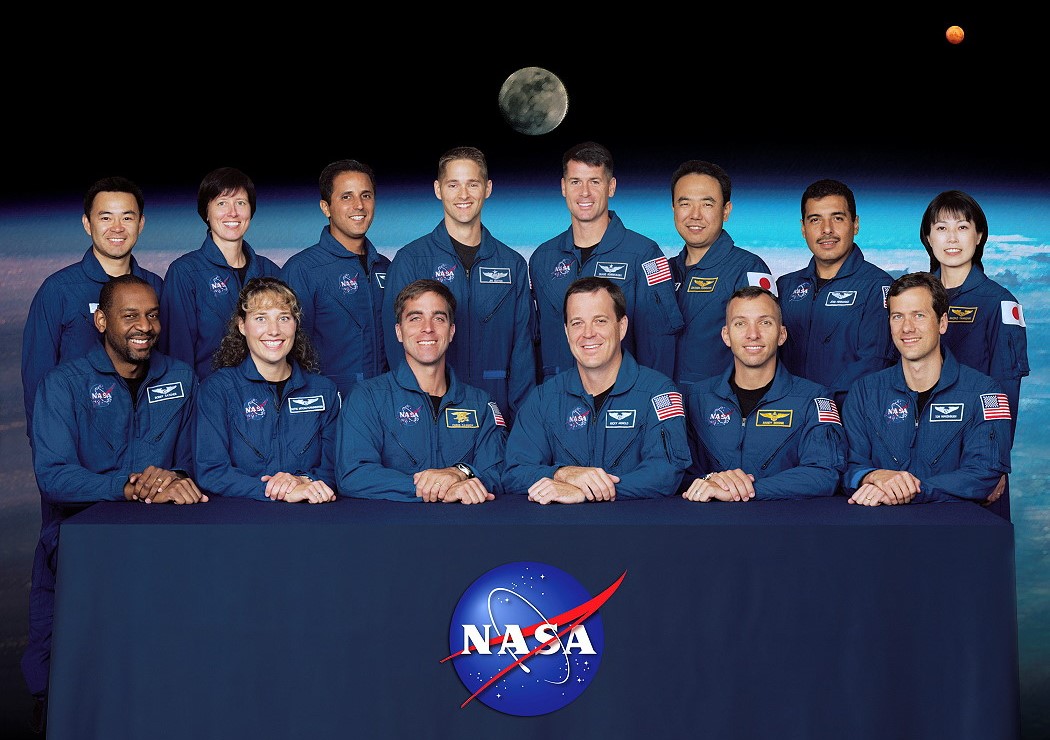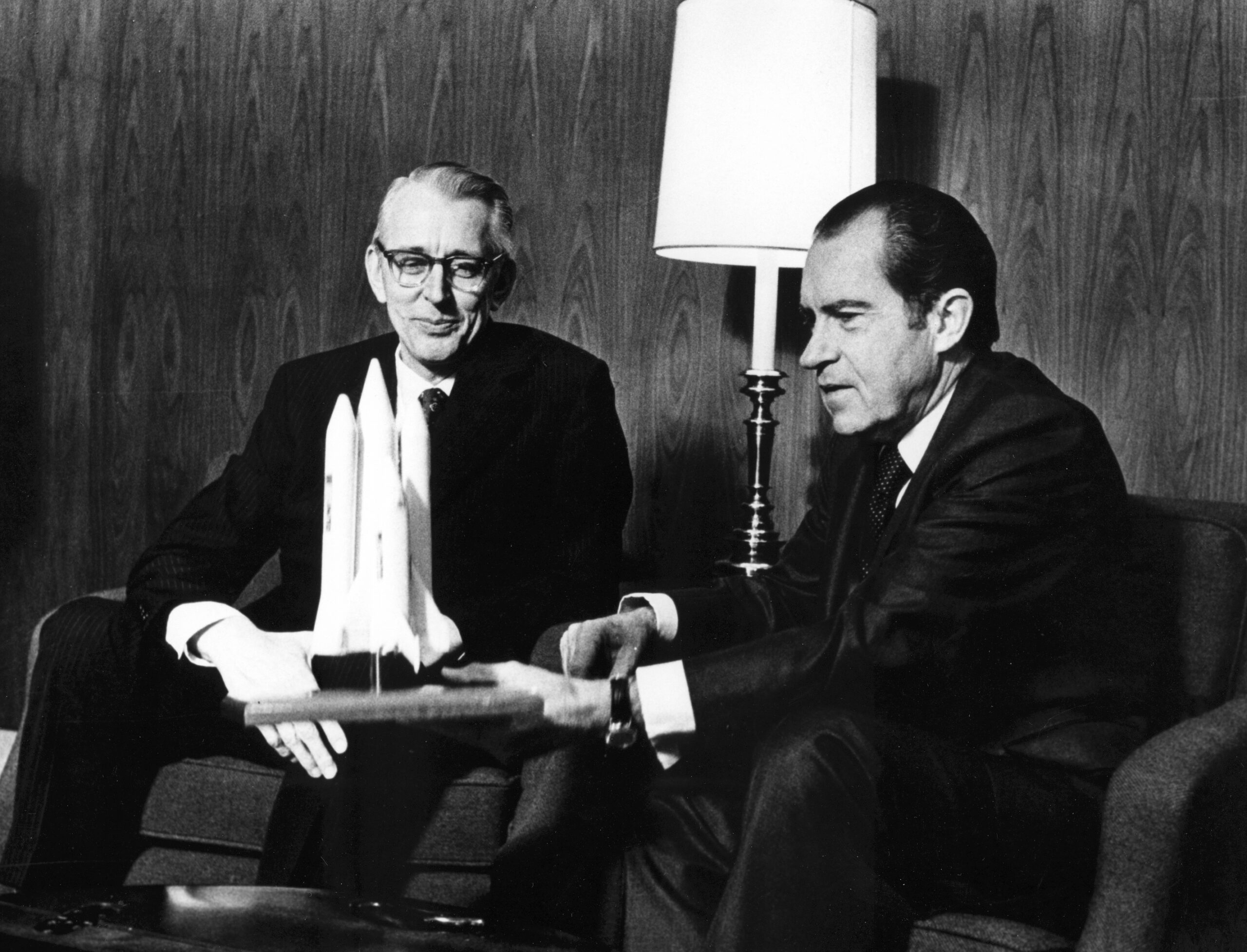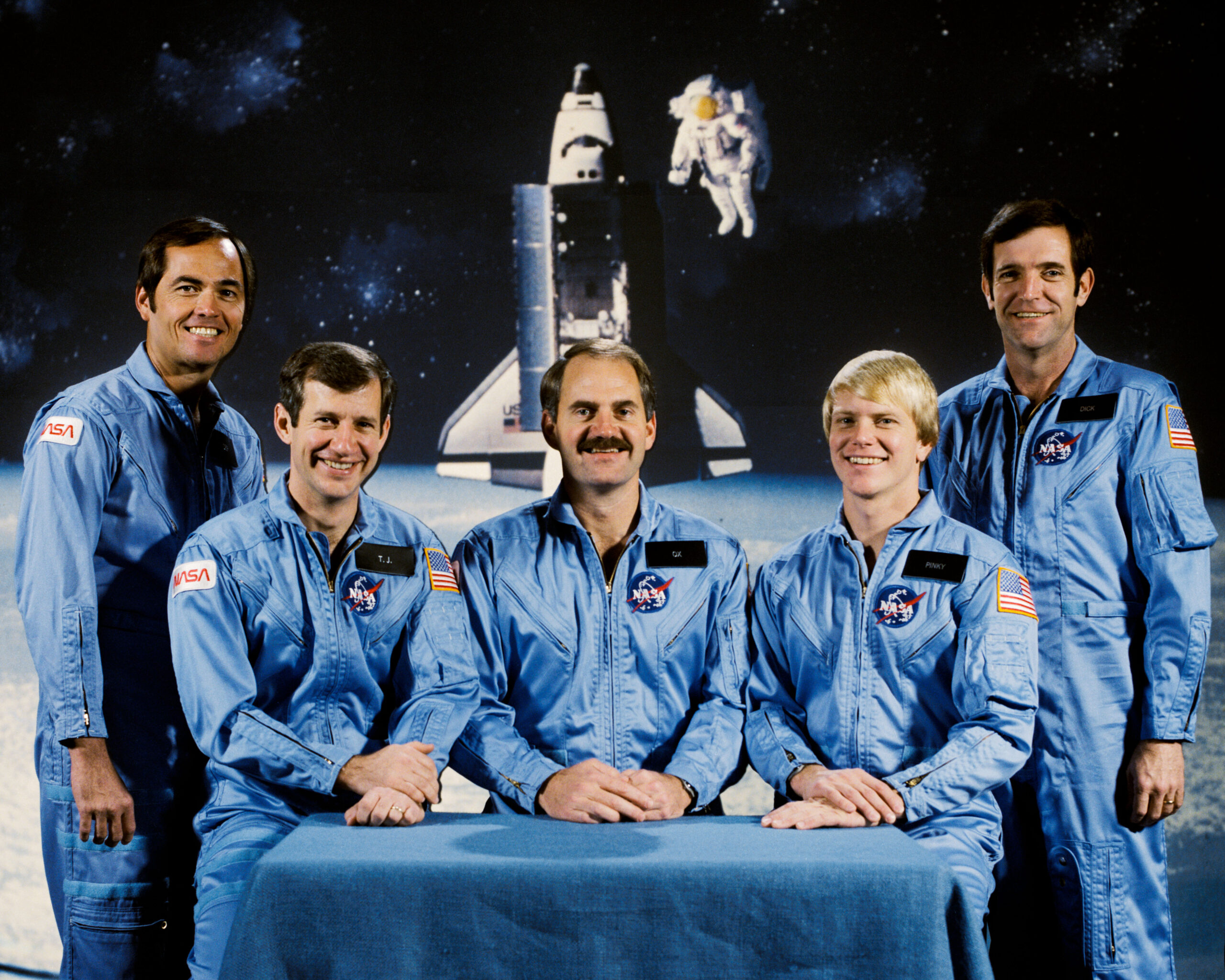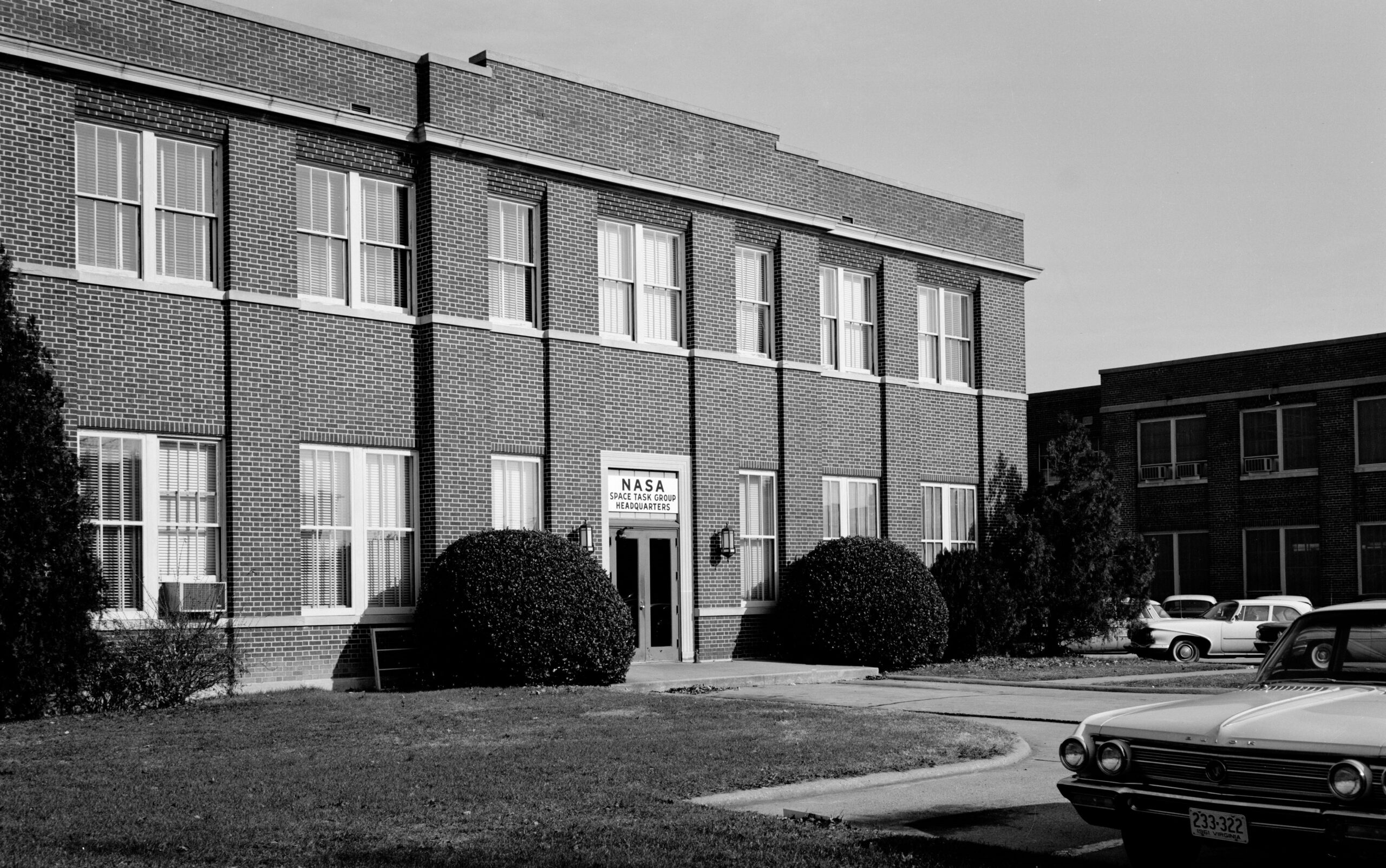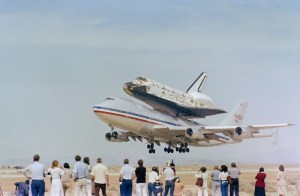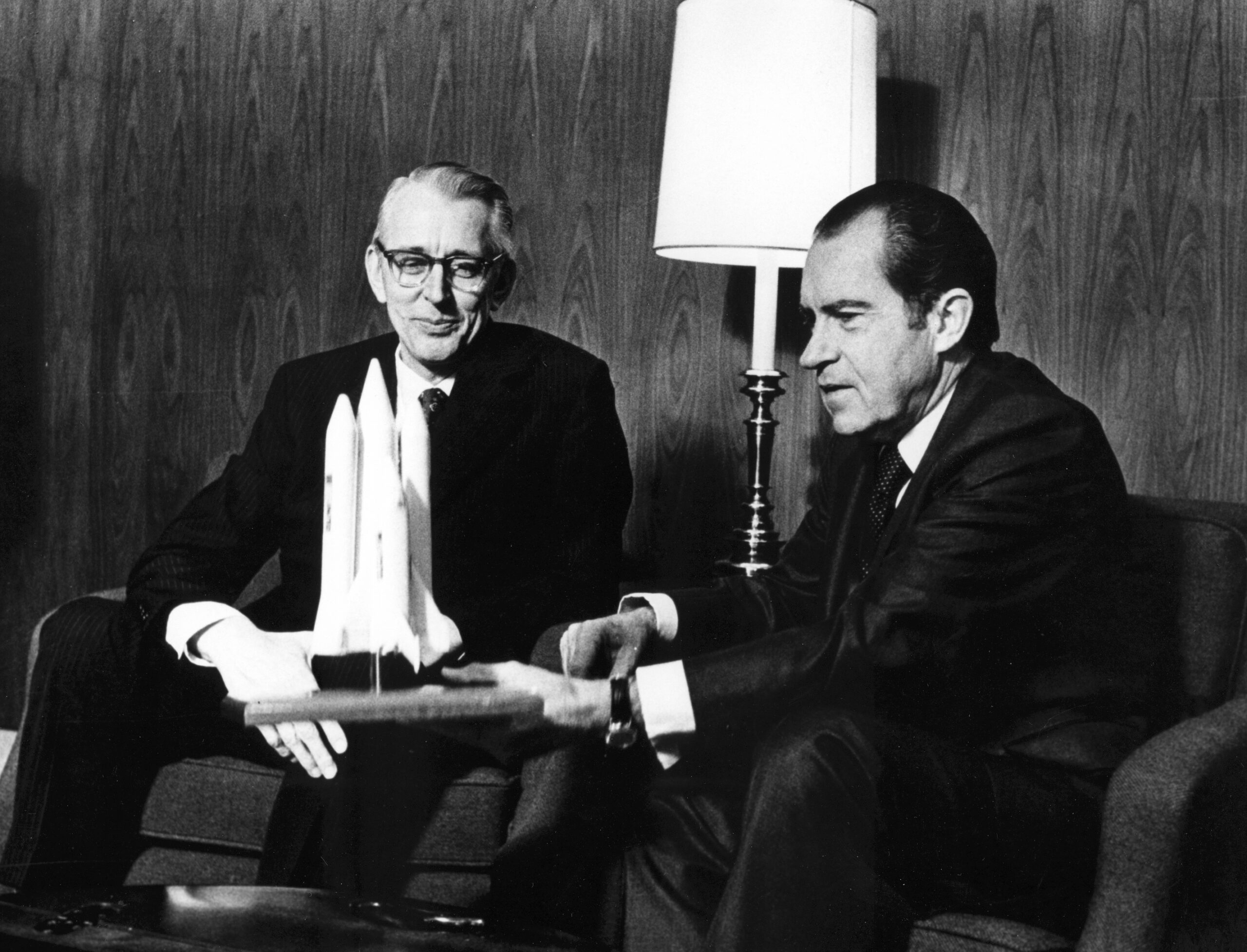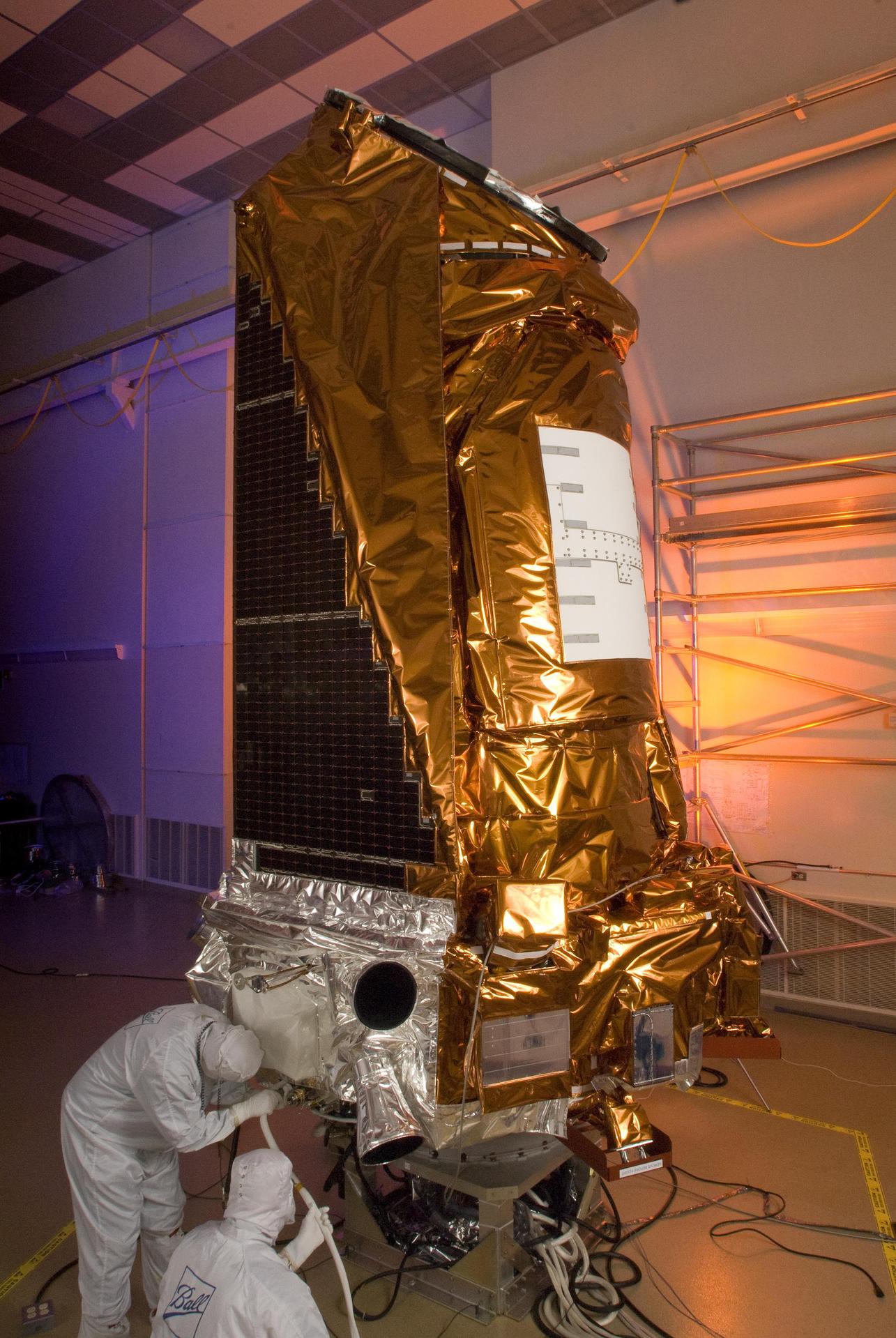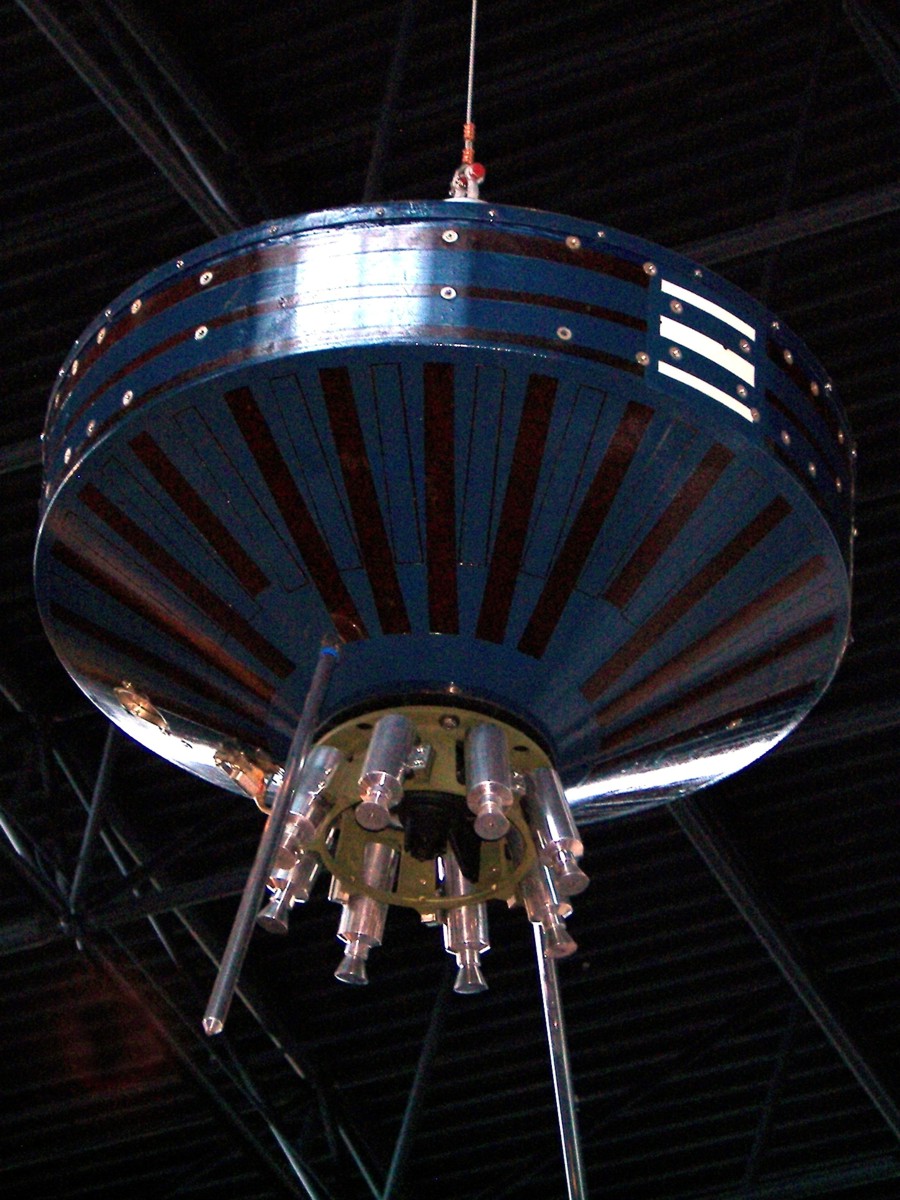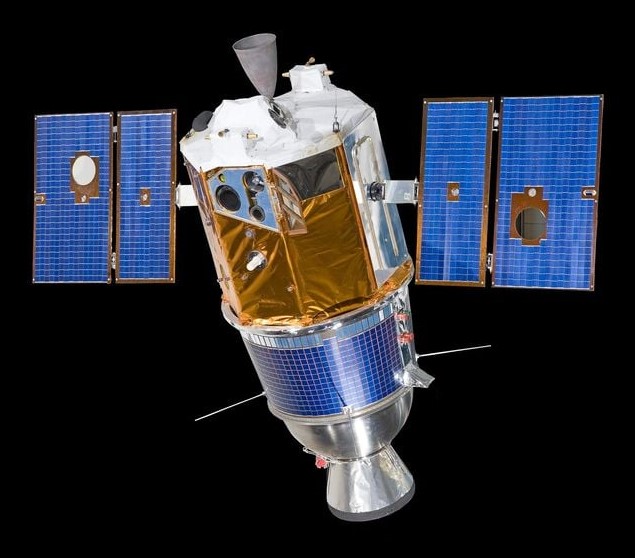On May 6, 2004, NASA announced the selection of its 19th group of astronauts. The group comprised 11 candidates – two pilots, six mission specialists, and three educator mission specialists – and included two women, two Hispanic Americans, and one African American. Three astronauts from the Japan Aerospace Exploration Agency (JAXA) joined the 11 NASA astronauts for the 20-month training program to qualify as mission specialists, following which they became eligible for flight assignments. They comprised the last group of astronauts selected to fly on the space shuttle. All members…
Read MoreTag: NASA History
45 Years Ago: Space Shuttle Enterprise Arrives at NASA’s Kennedy Space Center
Enterprise, the first space shuttle orbiter that NASA built, arrived at NASA’s Kennedy Space Center (KSC) in Florida on April 10, 1979. Although not space worthy, as a pathfinder Enterprise carried out tasks critical to ensuring the success of the space shuttle program. During its four-month stay at KSC, Enterprise validated procedures for the assembly of the space shuttle stack and interfaces at the launch pad. The tests proved valuable in preparing the shuttle for its first orbital mission. Earlier, Enterprise proved the flight worthiness of the shuttle during atmospheric…
Read More40 Years Ago: STS-41C, the Solar Max Repair Mission
On Apr. 6, 1984, space shuttle Challenger took off on its fifth flight, STS-41C. Its five-person crew of Commander Robert L. “Crip” Crippen, Pilot Francis R. “Dick” Scobee, and Mission Specialists Terry J. “TJ” Hart, James D. “Ox” Van Hoften, and George D. “Pinky Nelson flew a seven-day mission that expanded the shuttle’s capabilities. They deployed the Long Duration Exposure Facility (LDEF), the largest and heaviest shuttle payload up to that time. They retrieved, repaired, and redeployed the failing Solar Max satellite in a highly complex choreography of rendezvous and…
Read More65 Years Ago: NASA Selects America’s First Astronauts
On Nov. 5, 1958, NASA, newly established to lead America’s civilian space program, formally established the Space Task Group (STG) at NASA’s Langley Research Center in Hampton, Virginia, to implement one of the nation’s top priorities – to develop a spacecraft capable of sending humans into space and returning them safely to Earth. In January 1959, the STG selected a contractor to build the spacecraft for Project Mercury and began the process of choosing who would fly the spacecraft. President Dwight D. Eisenhower directed NASA to choose its first astronauts…
Read MoreUS House of Representatives Columbia Accident Documents
5 min read Preparations for Next Moonwalk Simulations Underway (and Underwater) House Representative Statements The following are some of the statements made by Representatives regarding the loss of the Space Shuttle Columbia. February 1, 2003: Representative Sherwood Boehlert PRESS RELEASEDate Released: Saturday, February 01, 2003House Science Committee Boehlert Statement on Space Shuttle Columbia Tragedy WASHINGTON, D.C. —House Science Committee Chairman Sherwood Boehlert (R-NY) today released the following statement on the Space Shuttle Columbia tragedy: “We are in a period of national mourning. Our prayers are dedicated to the heroic crew of the Columbia…
Read More45 Years Ago: Space Shuttle Columbia Arrives at NASA’s Kennedy Space Center
On March 24, 1979, space shuttle Columbia arrived at NASA’s Kennedy Space Center (KSC) for the very first time. Following Presidential direction to build the space shuttle in 1972, Congress quickly approved and funded the program later that year. Construction of the first orbital vehicle, later named Columbia, began in 1975. Four years later, Columbia completed its first transcontinental flight, arriving at KSC to begin preparations for its first mission. The first shuttle flight in April 1981 ushered in an era of reusable space transportation. Left: NASA Administrator James C.…
Read MoreMore Planets than Stars: Kepler’s Legacy
4 min read Preparations for Next Moonwalk Simulations Underway (and Underwater) The Kepler mission enabled the discovery of thousands of exoplanets, revealing a deep truth about our place in the cosmos: there are more planets than stars in the Milky Way galaxy. The road to this fundamental change in our understanding of the universe, however, required almost 20 years of persistence before the mission became a reality with its selection in 2001. The Kepler spacecraft at Ball Aerospace & Technologies Corp. in Boulder, Colorado. The Kepler mission surveyed a region…
Read More65 Years Ago: Pioneer 4 Reaches for the Moon
On March 3, 1959, the United States launched Pioneer 4 with the goal of photographing the Moon during a close flyby. As part of the International Geophysical Year that ran from July 1, 1957, to Dec. 31, 1958, the United States planned to send five probes to study the Moon. The first three planned to orbit the Moon, while the last two simpler probes planned to photograph it during flybys. After NASA opened for business in October 1958, the new space agency inherited the Pioneer program from the Advanced Research…
Read MoreWomen’s History Month: Celebrating Women Astronauts 2024
“A bird cannot fly with one wing only. Human space flight cannot develop any further without the active participation of women.” – Valentina Tereshkova “If we want scientists and engineers in the future, we should be cultivating the girls as much as the boys.” – Sally Ride “International cooperation is very necessary. Chinese have a saying, ‘When all the people collect the wood, you will make a great fire.’” – Liu Yang As of Feb. 29, 2024, 75 women have flown in space. Of these, 47 have worked on the…
Read More30 Years Ago: Clementine Changes Our View of the Moon
In 1994, a joint NASA and Department of Defense (DOD) mission called Clementine dramatically changed our view of the Moon. As the first U.S. mission to the Moon in more than two decades, Clementine’s primary objectives involved technology demonstrations to test lightweight component and sensor performance. The lightweight sensors aboard the spacecraft returned 1.6 million digital images, providing the first global multispectral and topographic maps of the Moon. Data from a radar instrument indicated that large quantities of water ice may lie in permanently shadowed craters at lunar south pole,…
Read More